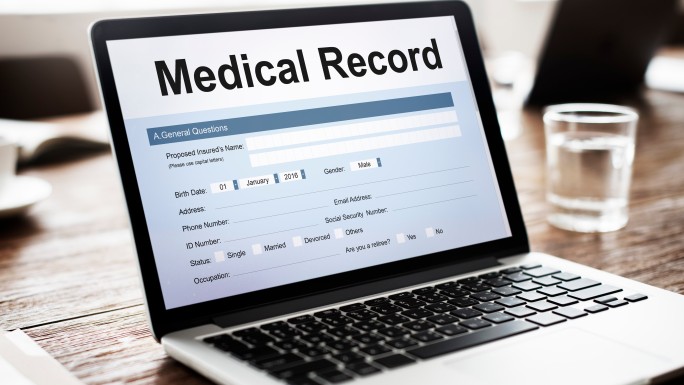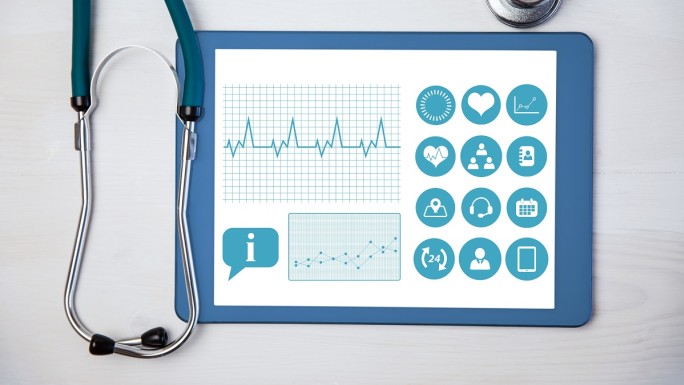AMR database for healthcare providers: Fighting the health threat
Antimicrobials greatly contribute to saving lives. Yet, they give bacteria and infections a chance to find ways to adapt and evolve, as we call antimicrobial resistance (AMR). WHO has posed AMR as one of the 10 biggest global health threats. This is a major challenge not just to patients but also to healthcare facilities.
The need for a database that can store comprehensive information about AMR to support health professionals is urgent. In this article, we are going to explore how an AMR database helps healthcare providers get through the tough antimicrobial resistance crisis.

The harmfulness of antimicrobial resistance to healthcare providers
Here are several highlighted disadvantages of AMR to healthcare providers:
Increased healthcare costs
Resistant infections often lead to long hospital stays, occupy healthcare resources, and create the need for more expensive treatments. A study published in Health Affairs estimates that antibiotic-resistant infections in the U.S. take over $2.2 billion in healthcare costs annually.
Complicated infection control
Resistant bacteria can complicate infection control measures within healthcare settings. Containing the spread of infections becomes more challenging, increasing the risk of outbreaks.
Post-surgical complications
Antibiotic-resistant infections can result in higher rates of post-surgical complications. Patients undergoing surgeries may face increased risks, affecting the success of routine procedures.
Limited treatment options
The emergence of multidrug-resistant strains restricts the availability of effective antibiotics for treating common infections. Patients may need more viable treatment options. The WHO highlights that, in some cases, infections have become virtually untreatable due to the lack of effective antibiotics.
Impact on immunocompromised patients
Immunocompromised patients, such as those with chemotherapy treatment or organ transplantation, are especially vulnerable to infections. The limited availability of effective antimicrobial treatments puts these individuals at higher risk.
Threat to critical care units
Critical care units are where patients are often more vulnerable to infections. They could face an increased threat from AMR. Limited treatment options for critically ill patients can lead to adverse outcomes.
Global spread of resistant strains
Resistant strains can easily spread within and between healthcare facilities, contributing to the global dissemination of AMR.
Key features of an AMR (antimicrobial resistance) database
Data collection methodologies
An effective antimicrobial resistance database (AMR database) employs robust data collection methodologies to gather comprehensive information on antimicrobial susceptibility. It integrates data from various sources, including clinical laboratories, healthcare facilities, and surveillance programs.
Standardized data collection tools ensure consistency and automated data entry minimizes errors. This provides a solid foundation for accurate analysis and reporting.
Integration of global surveillance data
The database integrates surveillance data from diverse geographical regions. The database consolidates information on resistance patterns and treatment outcomes by collaborating with international health organizations, health agencies, and research institutions.
Molecular and genomic information on resistant strains
An AMR database incorporates molecular and genomic data to enhance the understanding of resistance mechanisms. It catalogs genetic markers related to resistance. This enables researchers and healthcare professionals to track the evolution and transmission of resistant strains.
Real-time updates and reporting mechanisms
To get over the evolution of antimicrobial resistance, the database must operate with real-time updates and reporting mechanisms. Rapid data processing and analysis enable the identification of emerging resistance patterns, enabling quick response strategies.
User-friendly interfaces allow healthcare professionals, researchers, and policymakers to access up-to-date information, empowering them to make informed decisions in the ongoing battle against AMR.

Benefits of AMR database
An antimicrobial resistance database (AMR database) offers a range of benefits in the ongoing battle against the growing threat of antimicrobial resistance. Here are the key advantages:
Early detection of resistance patterns
An AMR database facilitates the early detection of emerging resistance patterns. Collecting and analyzing data from various sources allows healthcare professionals and researchers to promptly identify trends, hotspots, and specific resistance mechanisms.
Informed treatment decisions
On that database, healthcare providers can make more informed treatment decisions by accessing the database. The AMR database could help healthcare staff to understand pathogens' prevalence and resistance profiles in their patient populations. This leads to more precise and effective antibiotic prescribing practices.
Optimized antibiotic use
Antimicrobial stewardship programs benefit from an AMR database by optimizing antibiotic use. Real-time data on resistance patterns guide healthcare professionals in selecting the most appropriate and effective antibiotics. By that, healthcare professionals can minimize the risk of treatment failure.
Enhanced surveillance and monitoring
The database supports enhanced surveillance and monitoring of local, national, and global resistance trends. This allows public health agencies to implement targeted interventions and allocate resources effectively to combat the spread of resistant strains.
Global information sharing
AMR databases encourage global collaboration by providing a platform for information sharing. International health organizations, researchers, and healthcare providers can contribute and access data, fostering a collaborative approach to addressing the global AMR crisis.
Reduced treatment failures and complications
Access to comprehensive AMR data reduces the likelihood of treatment failures and complications. Healthcare providers can avoid prescribing antibiotics to which bacteria have developed resistance, leading to more successful treatment outcomes.
Improved patient outcomes
Ultimately, using AMR databases improves patient outcomes. Patients receive more effective treatments, experience fewer complications, and are less likely to face prolonged illnesses due to antibiotic-resistant infections.
Adaptation to changing resistance
The dynamic nature of AMR requires continuous adaptation. With real-time updates and sophisticated analytics, AMR databases enable healthcare systems to adapt swiftly to changing resistance landscapes, ensuring that interventions remain effective.
Read more: Antimicrobial resistance database: Considering factors in implementation
Future directions of AMR database
The future of AMR databases aligns with the natural process of antibiotic resistance. Embracing technological advancements, adopting collaborative approaches, and leveraging data-driven insights will be essential in the ongoing efforts to combat antimicrobial resistance globally. Some directions below could be promising factors to support the development of the AMR database soon:
- Integration of genomic data: This includes information on the genetic determinants of resistance. Those genomic data enable a more detailed understanding of resistance mechanisms and facilitate the development of targeted interventions.
- Advancements in data analytics and artificial intelligence (AI): Predictive modeling, machine learning, and data mining techniques will be applied to identify patterns, predict future resistance trends, and guide proactive intervention strategies.
- Real-time surveillance networks: These networks will enable continuous monitoring of resistance patterns. This can facilitate rapid response to emerging threats and improve the timeliness of public health interventions.
- Global standardization and interoperability: Global standards will facilitate seamless sharing of data across borders, and support international collaboration in the surveillance and management of AMR.
- Personalized medicine and treatment guidance: Based on individual patient profiles and local resistance patterns, AMR databases will provide healthcare professionals with tailored advice on antibiotic prescriptions.
- Innovation in antibiotic development: By providing insights into the genetic basis of resistance, databases will guide researchers in developing novel antibiotics and alternative treatment strategies.
Need more advice about implementing an AMR database? Contact our experts now!
Conclusion
Fighting against antimicrobial resistance will take a lot of effort and there is still no thorough solution for this issue. However, a consistent AMR database can certainly be a helpful weapon for healthcare providers to minimize the consequences of AMR.
Healthcare organizations can take the first action to prevent antimicrobial resistance by developing an AMR database. This will support healthcare staff in treating the diseases caused by AMR in a timely and effective manner, enhance the quality of care, and optimize healthcare resources.









